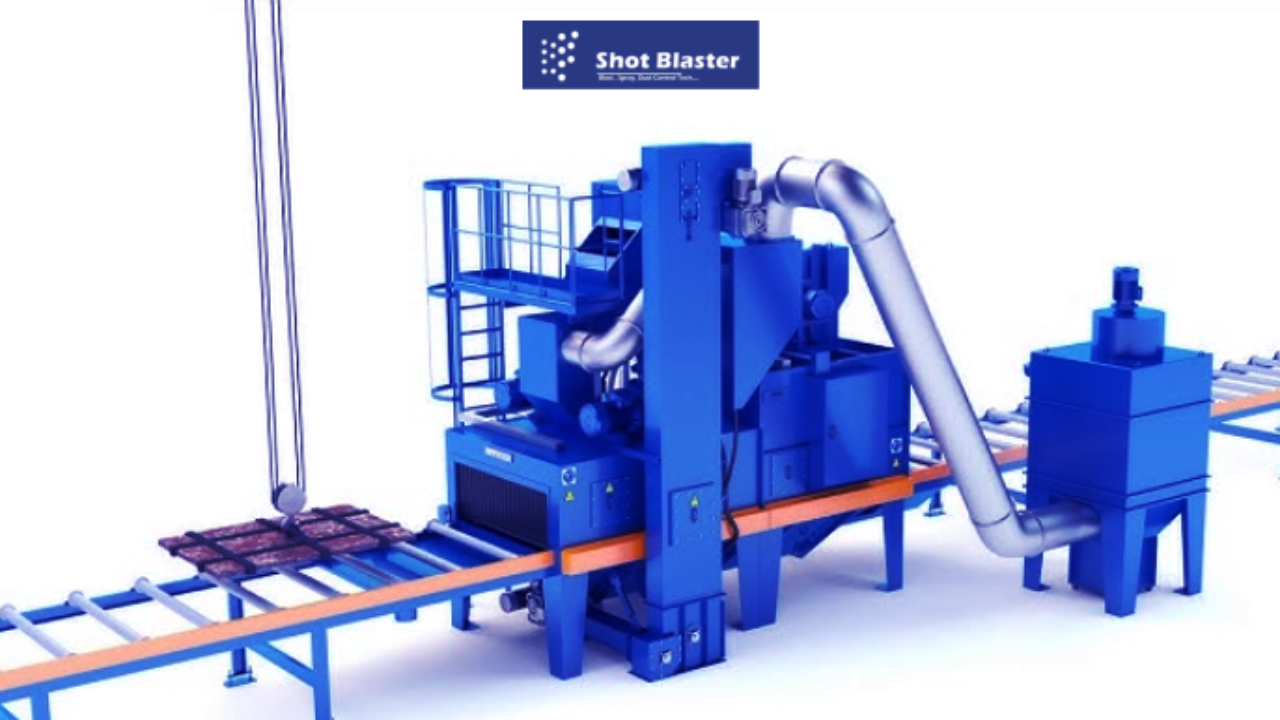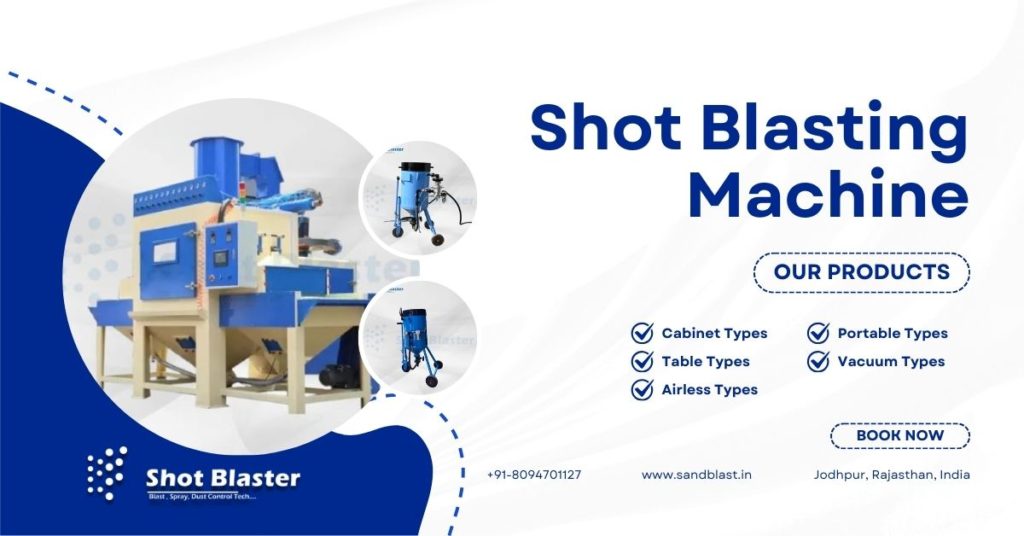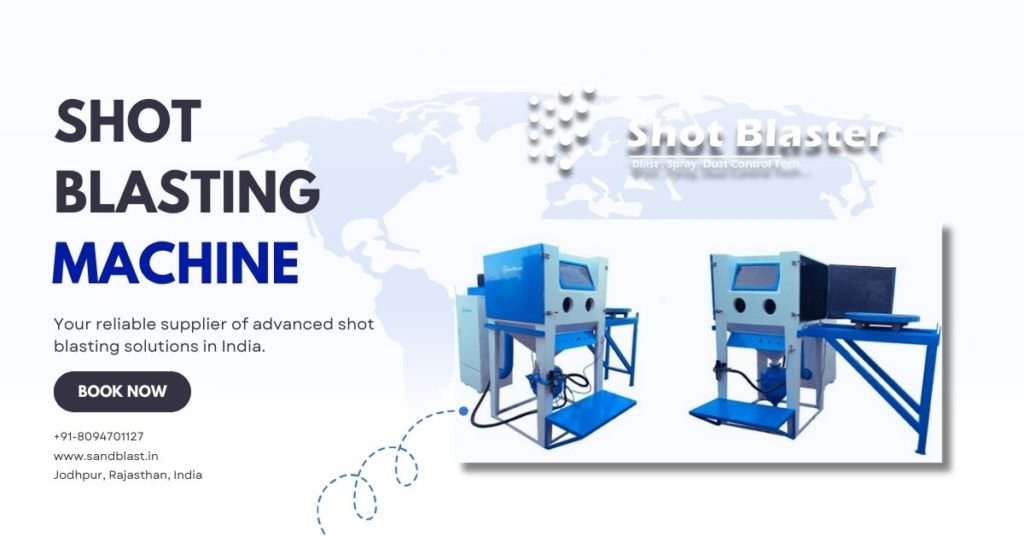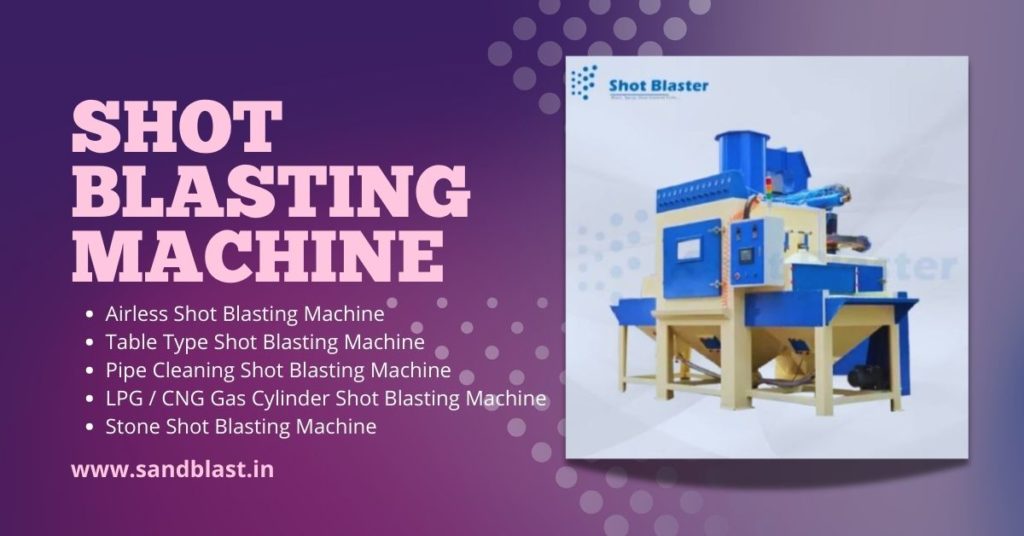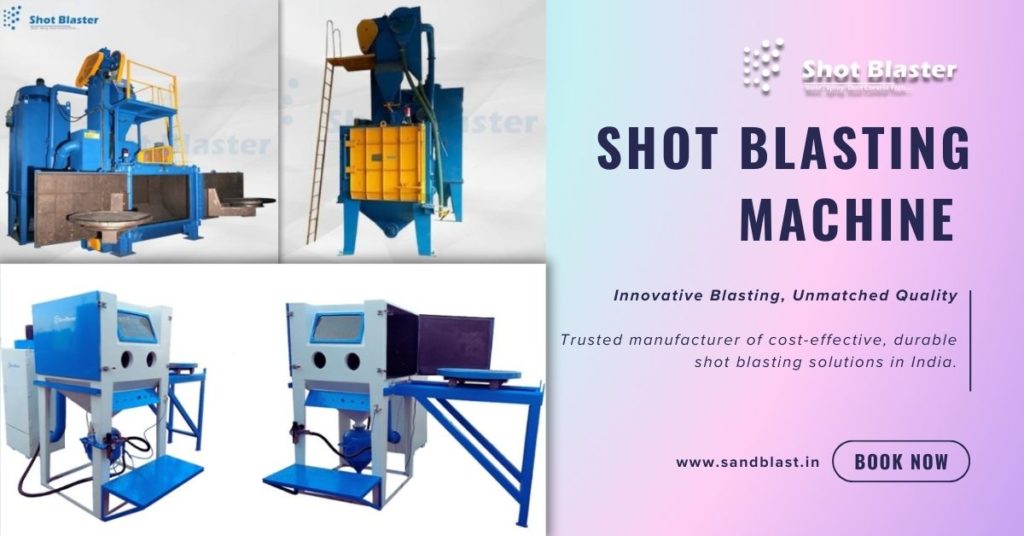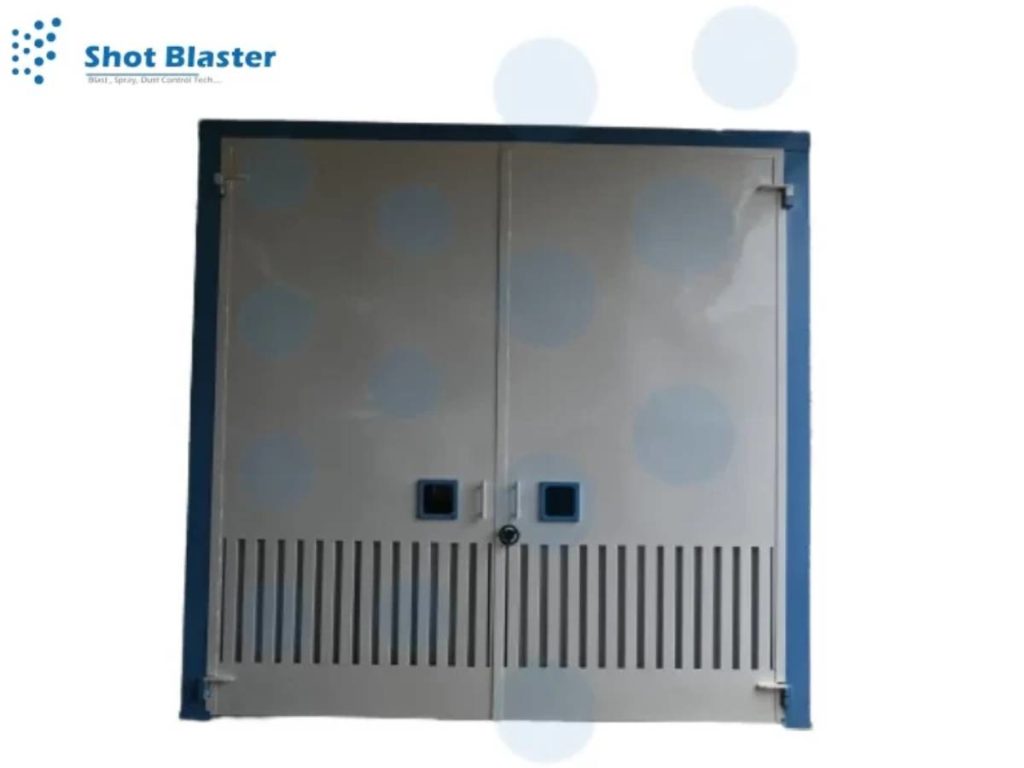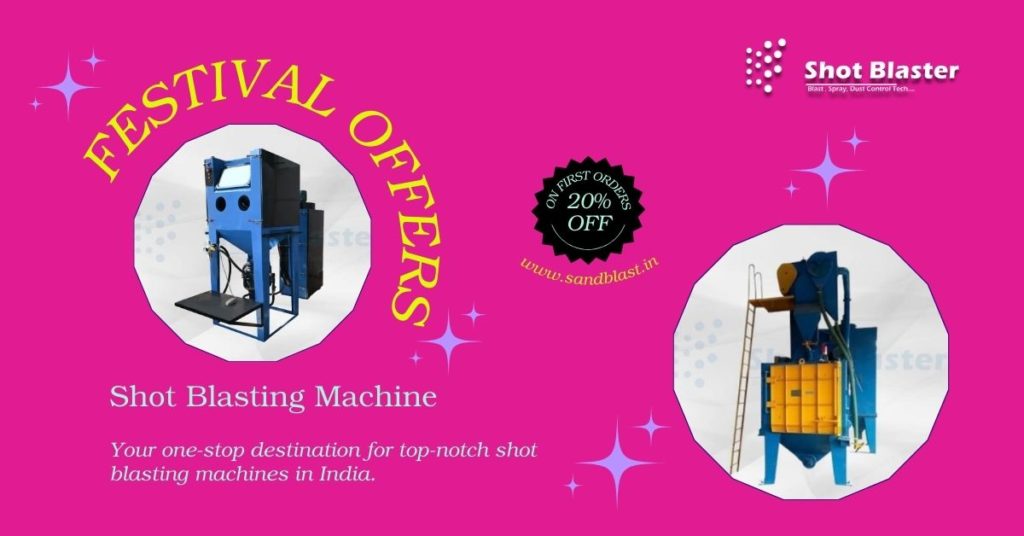Explore how industrial-grade automatic shot blasting machines provide precise, high-efficiency cleaning in manufacturing processes. Learn why shot blasters are essential for improving surface quality and productivity in various industries.
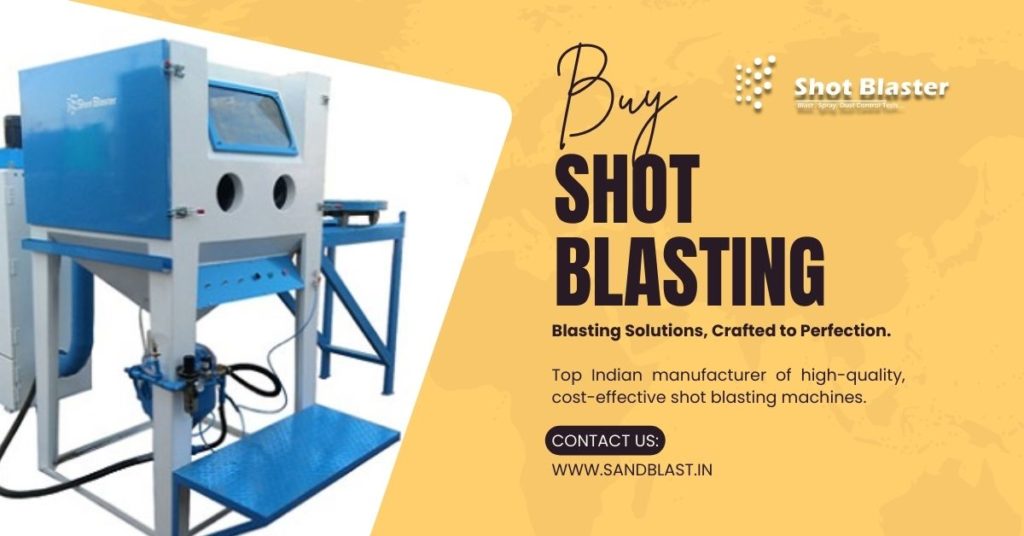
Introduction
In today’s fast-paced industrial world, efficiency and precision are the keys to staying ahead of the competition. As industries scale and grow, the demand for high-quality and reliable cleaning equipment increases. Among the most impressive solutions to this challenge are industrial-grade automatic shot blasting machines. These machines are revolutionizing the way manufacturing and metalworking industries approach surface cleaning, ensuring impeccable finishes and enhanced productivity.
The process of shot blasting, which involves propelling small abrasive particles at high speeds onto the surface of a workpiece, helps to remove rust, old coatings, and other contaminants. Shot blasters have become the go-to tool for precision cleaning in industries ranging from automotive and aerospace to construction and heavy machinery. But how do these machines achieve such remarkable results?
Let’s dive deeper into their functions, applications, benefits, and more.
What Are Industrial-Grade Automatic Shot Blasting Machines?
The Basics of Shot Blasting
Before we get into the nuts and bolts, it’s essential to understand what shot blasting is and how it works. Shot blasting is a mechanical process in which small, hard particles (called “shots“) are propelled at high velocities to clean, prepare, or finish the surfaces of materials, particularly metals. Unlike sandblasting, shot blasting uses steel shots, steel grit, or other abrasive media, depending on the workpiece material and cleaning requirements.
What Makes These Machines “Industrial-Grade”?
Cost-effective shot blasting solutions for industrial uses are built for large-scale, high-volume applications, where precision and durability are crucial. These machines come equipped with advanced features like automated control systems, variable speed motors, and adjustable abrasive flow. Designed to withstand the rigorous demands of heavy-duty industries, they offer:
- Superior cleaning performance for intricate and large parts
- Reliability and longevity, even in harsh environments
- High throughput, enabling fast turnarounds and increased production rates
These machines are typically used in industrial environments that require consistent results for a wide range of metal components, from small parts to large structural beams.
How Do Industrial-Grade Shot Blasting Machines Work?
The Components of a Shot Blaster
At the heart of any shot blasting machine is a system that efficiently propels abrasive particles to remove surface contaminants. Let’s break down the key components:
- Blasting Wheels: These are rotating wheels that fling abrasive material at high speed toward the workpiece.
- Abrasive Media: Steel shots, steel grits, or other materials are used to strike the surface and achieve the desired level of cleaning or preparation.
- Workpiece Conveyor: This transports the items being cleaned through the blasting area, ensuring even treatment across large batches.
- Dust Collection System: As the blasting process generates fine particles and dust, a robust dust collection system ensures the workspace remains clean and safe.
Automation and Precision
Modern automatic shot blasting machines feature sophisticated automation to ensure that the cleaning process is both precise and efficient. These machines are programmed to adjust parameters like blasting speed, angle, and abrasive flow, ensuring that each workpiece receives a uniform finish.
This automation reduces the need for manual intervention, improving overall efficiency while maintaining high levels of accuracy and consistency. It also helps in reducing labor costs and the risk of human error.
Find out more – https://riyasingh258.blogaaja.fi/how-to-choose-the-right-shot-blasting-machine-for-your-needs/
Key Benefits of Industrial-Grade Automatic Shot Blasting Machines
So why should industries invest in these advanced shot blasters? Let’s explore the benefits:
1. Precision Cleaning and Surface Preparation
Shot blasting provides a level of precision that is difficult to achieve with traditional cleaning methods. The process ensures that every inch of a workpiece’s surface is treated, which is critical for applications where uniformity and surface quality matter, such as in the automotive and aerospace industries.
2. Increased Productivity and Efficiency
By automating the cleaning process, industrial-grade shot blasting machines drastically improve production efficiency. They can clean large quantities of parts in a short amount of time, allowing manufacturers to meet tight deadlines while reducing labor costs.
These machines are designed to handle continuous operation, making them perfect for high-volume industries.
3. Environmentally Friendly Cleaning Solution
Unlike chemical cleaning methods, shot blasting uses dry abrasive materials that can be reused multiple times. This not only reduces waste but also minimizes the environmental impact of the cleaning process. Many modern shot blasting systems come with advanced filtration systems to capture airborne particles, reducing dust and ensuring cleaner air.
4. Cost-Effectiveness
While the initial investment in an automatic shot blasting machine may be substantial, the long-term savings are significant. The efficiency, speed, and precision these machines offer translate into reduced labor costs and fewer materials required for cleaning. Additionally, the machines’ durability ensures they can handle high volumes of work over long periods without frequent repairs or replacements.
Get expert advice – https://riyasingh258.blogaaja.fi/a-complete-guide-to-understanding-shot-peening-machines/
Applications of Industrial-Grade Automatic Shot Blasting Machines
1. Automotive Industry
In the automotive industry, shot blasting is often used to clean and prepare components like engine blocks, transmission parts, and chassis. The process removes debris, rust, and old coatings, ensuring the parts are ready for assembly, painting, or further treatment.
2. Aerospace Industry
The aerospace sector relies heavily on shot blasting for the preparation of critical components, such as turbine blades, landing gears, and airframes. The precision and reliability of shot blasting ensure that these parts meet strict safety and quality standards.
3. Construction and Heavy Machinery
Large equipment like cranes, excavators, and steel structures require shot blasting to remove contaminants like rust and corrosion. This ensures that the parts are properly prepared for painting and protective coating, which improves their longevity and resistance to harsh conditions.
4. Marine Industry
Shot blasting plays a vital role in the maintenance and repair of ships, boat hulls, and other marine structures. It is used to remove rust and corrosion, particularly in areas exposed to saltwater.
Commonly Asked Questions About Industrial-Grade Shot Blasting Machines
Q1: What types of abrasive materials are used in shot blasting?
Abrasive materials used in shot blasting include steel shots, steel grit, aluminum oxide, and other materials depending on the surface type and cleaning requirements. Steel shots are commonly used for metal surfaces, while other abrasives may be chosen for softer or more delicate materials.
Q2: How do I maintain an industrial-grade shot blaster?
Regular maintenance includes cleaning the dust collection system, inspecting and replacing blasting wheels, and checking the conveyor system for wear. Routine maintenance is crucial to ensure the longevity and efficiency of the machine.
Q3: Can shot blasting machines handle large parts?
Yes, many industrial-grade shot blasting machines are designed to handle large, heavy parts like beams and structural steel. These machines often come with adjustable conveyor systems or rotating drums to accommodate oversized components.
Q4: How does shot blasting differ from sandblasting?
While both shot blasting and sandblasting involve propelling abrasive materials at a surface, shot blasting uses steel shots or grits, which are more durable and can be recycled. Sandblasting typically uses sand, which is less durable and creates more environmental waste.
Conclusion
Industrial-grade automatic shot blasting machines are essential tools for industries that require precise, high-efficiency cleaning and surface preparation. Whether you’re in automotive manufacturing, aerospace, construction, or heavy machinery, these machines help streamline operations, increase productivity, and reduce costs. Their ability to clean large volumes of parts quickly and efficiently makes them a valuable asset in any industrial setting.
By understanding the benefits and applications of shot blasting machines, industries can make informed decisions about investing in these powerful tools. As technology continues to advance, the role of shot blasters in maintaining high-quality production standards will only become more integral to modern manufacturing processes.
So, if you’re looking to take your operations to the next level, consider how portable shot blasting machines for precision cleaning can enhance your workflow, improve product quality, and keep your business competitive in today’s demanding market!


